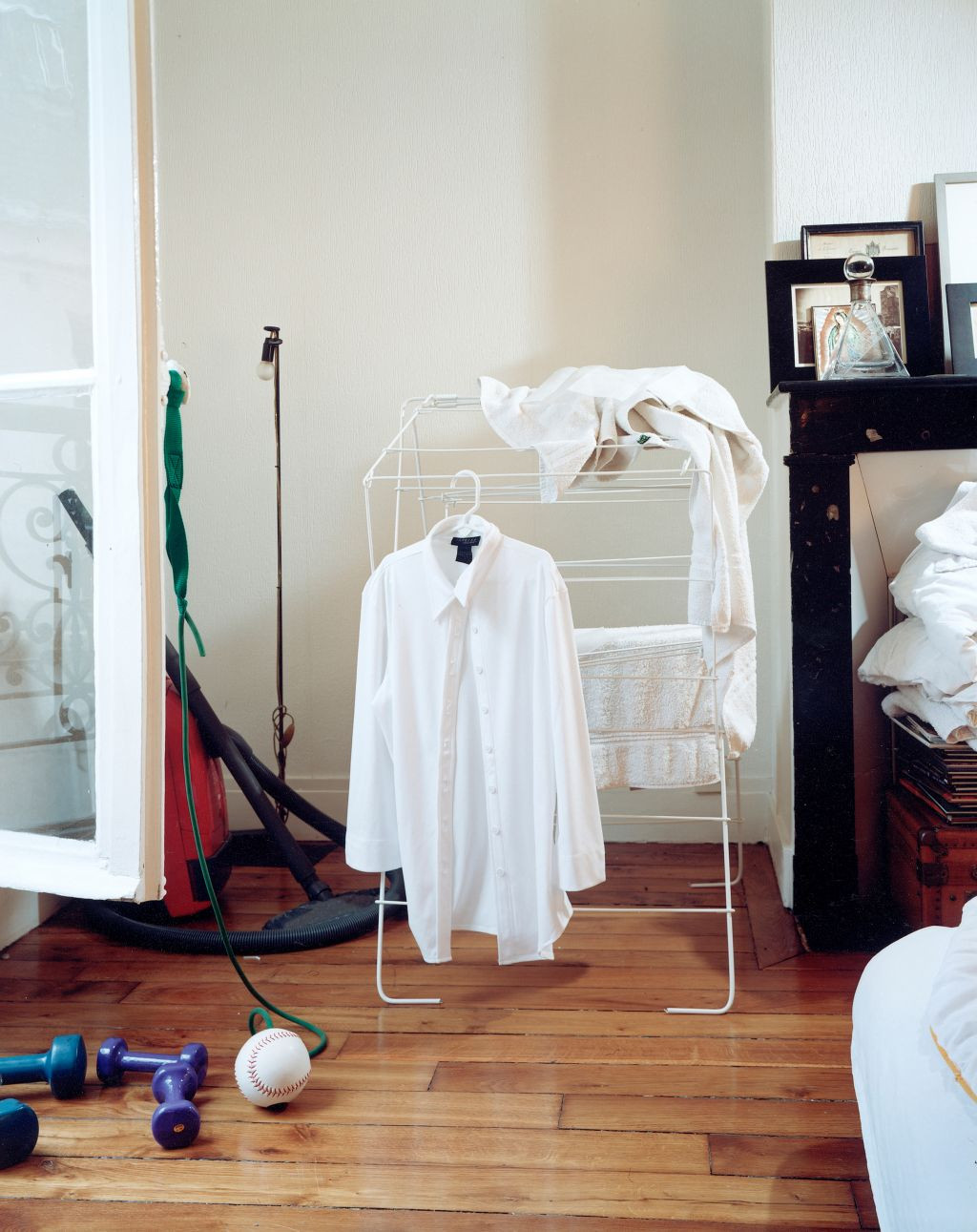Temporary House of Home
With a multifaceted Temporary House of Home, from July 2021 Het Nieuwe Instituut will explore how our thinking about domestic interiors and design has evolved over the past decades.
Because each room offers its own perspective, the house forms a spatial collage of possible interpretations of what a home can be – from safe haven to home workplace, from financial investment to haunted house, and from site of seduction to a means of control or punishment. Different perspectives on the role and functioning of the interior are set against design history and past and contemporary examples. The Temporary House also offers various answers to the question of what “design” entails beyond the furniture and interior objects with which it is usually associated.
Thanks in part to hoarding, supermarkets were among the big winners of a health crisis that has radically changed social life since early 2020 – more drastically than anyone thought possible. Since the Covid-19 pandemic erupted, physical proximity is no longer a given, mobility has been limited and public space has become stigmatised as a potential crime scene. The cure? Staying at home, working from home and in case of contamination: home quarantine.
Yet even that home – the place where personal freedom seemed guaranteed and the front door marks a legal border with the outside world – has changed under pressure from the new normal. The implications of a global crisis appear to have had an effect down to the micro level of the home. The interior has been shattered into endless approximations of once public spaces. The safe haven alternately (and often simultaneously) assumes the guise of a classroom, workplace, gym, infirmary, hidden church, theatre and living room restaurant. In this hybrid environment, the private increasingly has to give way to the public, while many of the usual social functions have been suspended.
This is interesting for many reasons, especially in relation to design. And that is what Het Nieuwe Instituut is exploring for a year with the installation Temporary House of Home.
In a kaleidoscopic overview that is accessible both physically and digitally, Temporary House of Home outlines a series of widely divergent visions of the domestic interior. Subjects such as home (in)security, accommodation for homeless people, the dream home, the haunted house and estate agent-driven makeovers, are each highlighted in their own “room”. Based on the exhibitions Holland in Vorm (1987) and Do Create by Droog Design and KesselsKramer (2000), the Temporary House also looks at the development of the Dutch design canon. The designer’s current practice is considered, drawing on recent Dutch design history. Finally, Het Nieuwe Instituut’s investigations of the of the interior since 2013 can be seen.
From the desire to position multivocality as the guiding principle of its activities, Het Nieuwe Instituut opts for an exhibition form that combines a multitude of entrances and perspectives with a diversity of forms of representation. Temporary House of Home manifests itself as a spatial collage in which the idea of a single theme is questioned from a variety of psychological, technological, economic and social perspectives.
The spatial design is by jo taillieu architecten. The graphic design concept is by Maureen Mooren, in collaboration with Maud Vervenne. In the Temporary House of Home, rooms have been decorated with contributions from Janilda Bartolomeu, Laura Bosch, Koos Breen, Frank Bruggeman, Dirty Furniture, The Anderen, Pieter Hoexum, Francisca Khamis Giacoman, Gabriel .A. Maher, Robert Milne & Michelle Lin, Larissa & Michelle Mantel, Lonneke van der Palen, Tivon Rice, Johannes Schwartz and We Sell Reality.
